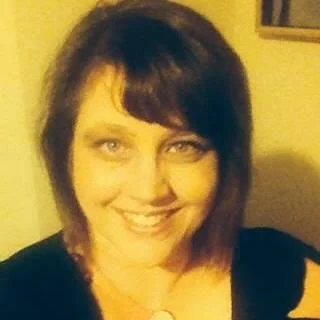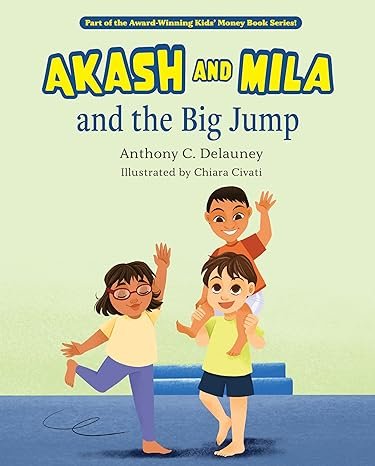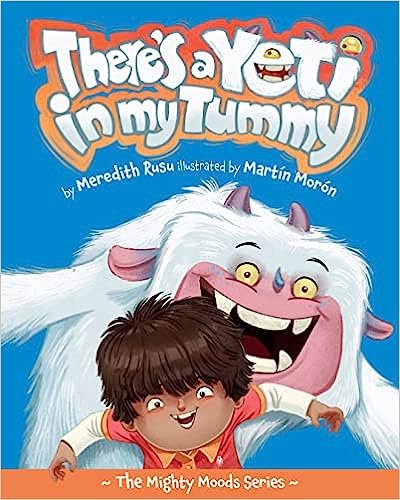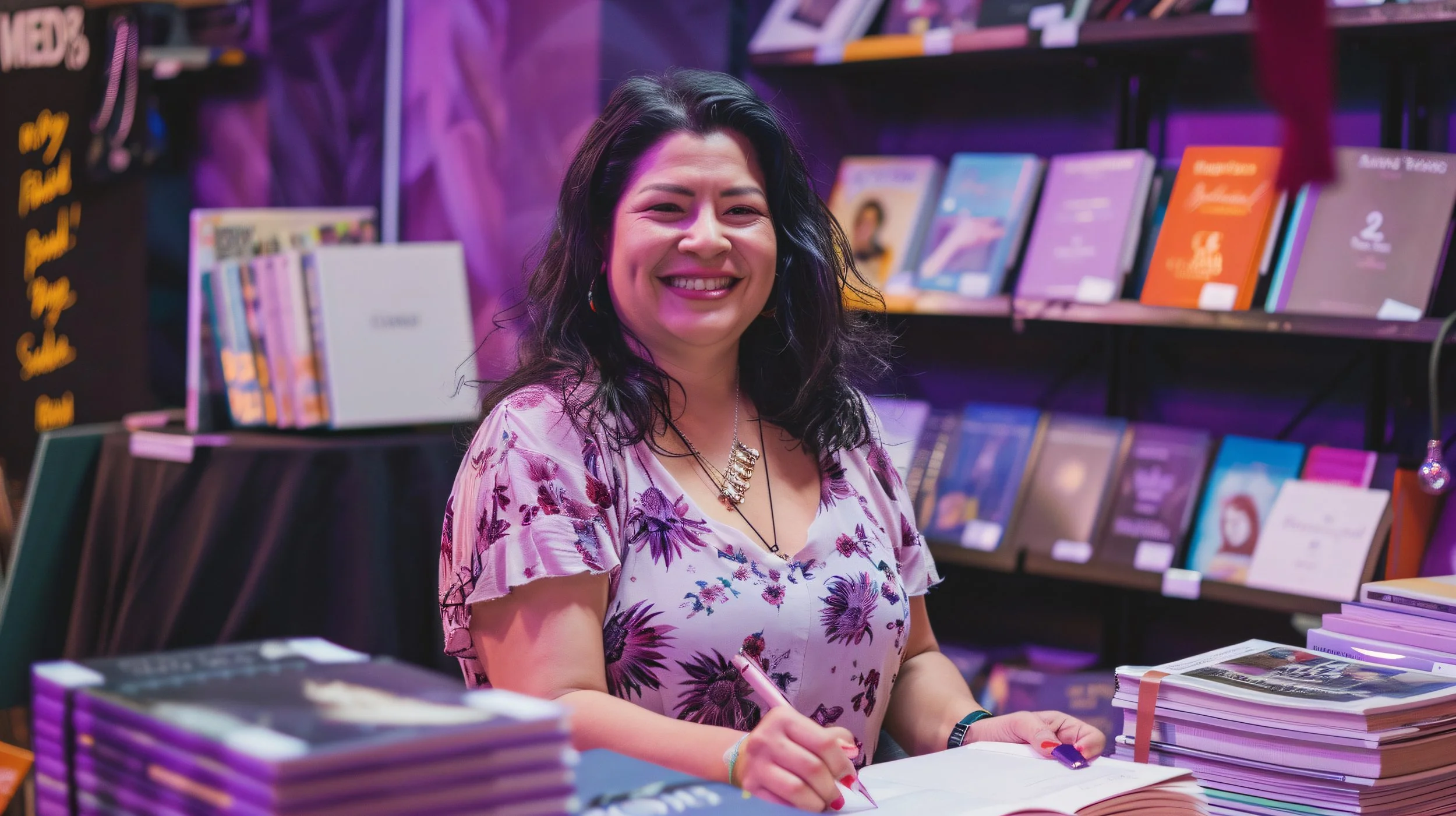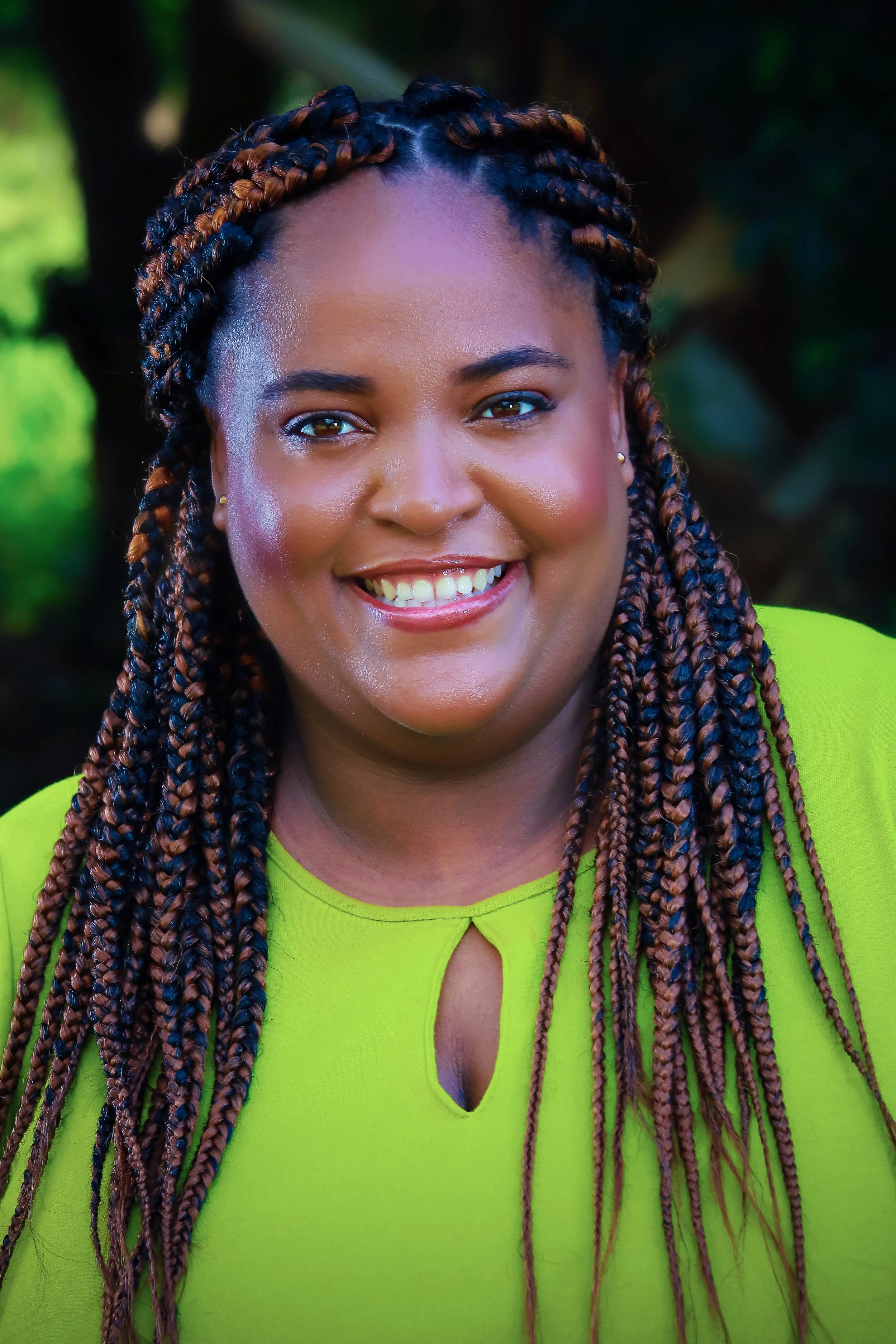One of the questions I’ve been asked most regularly about The Railwayman’s Wife is why its main character, Ani, goes to work in a library. In truth, this is because the real story that inspired the novel dispatched its widow to such a job—but the poetry of incorporating that fact into the imaginings of the novel, of placing books and reading and the magical space that libraries offer up at the center of the narrative, was irresistible.
Libraries have always seemed to me to be places of infinite promise, infinite respite (or escape), infinite inspiration and infinite potential. They shimmer with the excitement of the things you don’t know are housed along their shelves as much as the excitement of the things you go searching for in the first place.
The following books, which all feature different kinds of libraries and book collections, speak to the things we celebrate in reading and researching—or just the job of being near books—as much as to all that has been feared or suspected of text-based activities. In many ways, it’s a list of books about reading for readers, those dedicated people who are always adding to the bulk of their own libraries, real and/or imaginary, through the different stories they encounter and make part of their lives.
“The Library of Babel” by Jorge Luis Borges (1944) (published in Collected Fictions, 1998)
One of the two epigraphs I gave to The Railwayman’s Wife is from Jorge Luis Borges: “I have always imagined that paradise will be a kind of library.” It’s an echo of the first line from Borges’ “The Library of Babel”, in many ways the definitive metaphor for library literature. “The universe (which others call the library),” he begins, “is composed of an indefinite, perhaps infinite, number of hexagonal galleries.” His narrator travels on through the history and justification of this library, which has always seemed to me to perfectly describe the infinite variety of stories – each book, in a way, a new universe in and of itself.
FARENHEIT 451 by Ray Bradbury (1953)
Ray Bradbury’s futuristic novel is named after the temperature at which paper was thought to ignite. Its main character, Guy Montag, is a fireman – one who burns down houses that contain books. But as Montag watches one woman choose to stay – and burn – in her house, with her library, he begins to think more on these volumes he’s instructed to destroy. More than sixty years on, it’s a stunning and powerful thing: a kind of hymn to books and to the magic in “what books say, how they stitched the patches of the Universe together into one garment for us”.
THE PEOPLE OF THE BOOK by Geraldine Brooks (2008)
Geraldine Brooks’ third novel imagines the extraordinary and repeated rescue of one very particular Jewish text – the Sarajevo Haggadah; doubly rare for including illustration – in Venice in the 15th century; and twice, then, in 20th century’s wars. It follows the story of Hanna, an Australian conservator assigned to work on its preservation in Sarajevo, and spins its tale through the delicate detritus associated with the manuscript: a hair, a missing clasp, the preserved remains of a butterfly. In this article for the New Yorker, Brooks wrote the extraordinary real-world story of the text and its preservation from the Nazis by the chief librarian of the Sarajevo National Museum – and then, fifty years later, during the Siege of Sarajevo.
POSSESSION by A. S. Byatt (1990)
S. Byatt’s magnificent and much-lauded Possession, her fifth novel, opens with a scruffy sort of scholar, Roland Michell, holed up in the famous London Library, his ”favourite place … shabby but civilized, alive with history but inhabited also by living poets and thinkers who could be found squatting on the slotted metal floors of the stacks, or arguing pleasantly at the turning of the stair”. There to research the small, footnote-ish life-pieces of a famous Victorian poet, Randolph Henry Ash, Michell discovers two letters between Ash and an unknown correspondent and a mystery unfolds. The story – warm, fast, and utterly engaging – chases both the 20th century story and its 19th century precedent, highlighting again and again the extraordinary conversations possible between writers and their readers, across a day, a week, a century.
A HERO’S GUIDE TO DEADLY DRAGONS by Cressida Cowell (2007)
My seven-year-old son and I are reading through Cressida Cowell’s fantastically fabulous Dragon series moment, and recently reached this sixth book of her stories about a small Viking anti-hero, Hiccup Horrendous Haddock the Third. One birthday, Hiccup finds himself on a nightmare quest to steal a book from the utterly off-limits Meathead Public Library. This library – a labyrinth of Borgesian dimensions – is guarded by everything and -one from the Hairy Scary Librarian to nests of driller dragons and the tiny, nippy awfulness of piffleworms. I do get emotional about libraries, I confess, but when we reached the book’s ending – victory, of course, and the restitution of the library to its true public status –Cowell’s story made me weep in the best sort of way. I love these books.
MATILDA by Roald Dahl (1988)
I grew up with Roald Dahl’s Charlie and the Chocolate Factory and James and the Giant Peach, but I must have considered myself too grown-up (at 17 …) to read Matilda when it was released. I discovered it earlier this year – the story of one delightfully clever little girl (precocious, perhaps, more in the biological sense than in the snipey way we usually use that word) and her quest to read and to learn. Before her salvation by – and of – Miss Honey, the loveliest teacher, Matilda keeps herself going with daily trips to the village library, reading a miscellany including Dickens, Jane Eyre, The Grapes of Wrath and Animal Farm before she’s five. I was never that advanced, but Matilda made me remember the unmitigated wonder of being taken to the Thirroul Public Library as a child and realizing that I could borrow, and then read, anything I found there on its shelves.
THE NAME OF THE ROSE by Umberto Eco (1980)
By the time he died, earlier this year, Umberto Eco’s first novel – a detective story set in a monastery in 1327, with a library at its heart in every sense – had sold more than fifty million copies in dozens of languages. Medieval gumshoe, William of Baskerville, and his attendant, Adso of Melk, are originally dispatched to a Benedictine monastery in northern Italy to investigate charges of heresy when a series of seven deaths unfolds before them instead. At the book’s heart sits a blind librarian – Jorge; a tribute to Borges, and William’s nemesis, who oversees both this labyrinthine place and its story. The bibliophilic means of death at play in at least one instance will take your breath away.
“Book Burial” by Rodney Hall (in Silence, 2011)
In the pages of Rodney Hall’s Silence – an exquisite collection of short stories and other fictional meditations – lies this arrestingly delicate story of the interring of millions of books after the fall of the Berlin Wall in a series of vast holes “around appointed garbage dumps, around abandoned gullies and hand bomb craters left over from that old war so disastrously lost”. It’s a huge operation, “carting the books off to a truck in the street. With them goes the breathable air. Leaving only dust.” The book’s closing Notes nod to Wolfgang Borchert’s 1946 play The Man Outside; the moment when the East German parliament accepted that it could no longer afford to patrol the Berlin wall; and “the attempted burial of communist ideology [that] followed”. In many ways, Hall’s story is a perfect next-century companion for Bradbury’s 1950s novel.
THE INCREDIBLE BOOK-EATING BOY by Oliver Jeffers (2006)
Oliver Jeffers’ charming picture book is about a boy called Henry who one day – and quite innocently – takes a nibble from a page. Astonishingly, he absorbs what’s written there by a kind of osmosis, and his appetite is well and truly whet. Henry munches on through “story books, dictionaries, atlases, joke books … even maths books”. And one of my favourite illustrations shows a stern librarian brandishing a nasty list of overdue items: “you owe a total of … ”. In the end, too much knowledge merely muddles itself (“two plus six equals elephant,” is the best poor Henry can manage), and he switches to nibbling broccoli instead – and realizing you can actually learn what’s in books by reading them, rather than consuming them any other way. (Although our hardback does have a quite suspicious bitemark on its cover … )
ON READING by André Kertész (2008)
A friend told me about this beautiful collection of images by Hungarian photographer André Kertész when I was imagining The Railwayman’s Wife, and the perfect stillness of the readers in its images – particularly of one poised on a ladder at the Académie Française, already lost to the book he’s just pulled from the shelf – gave me the idea for my book’s opening scene. What each image captures so perfectly is the way readers disappear entirely from the real world in which they sit – oblivious to their own space; their own setting – and into the world of the pages they hold. Olden-day sailors heading to uncharted oceans said they were sailing out of the world, and these readers are on the same sort of trip.
THE LIBRARY AT NIGHT by Alberto Manguel (2006)
I’m writing this in the dead of night in a room with a lining of books. There’s something snug and comforting about the 4am dimness, the quietness of the world, the myriad shelved stories I might pick up and jump into … if I still can’t get to sleep in half an hour. The Library at Night, one of several volumes by Argentine-Canadian writer and anthologist Alberto Manguel that celebrates the best of bibliophilia, is nearby, and I skim through it to remember the various answers it gives as to why we assemble libraries at all: libraries as myth, as chance, as oblivion, as island, as identity, as home, are among some of the options Manguel explores. “The truth is,” he confesses, “I can’t remember a time when I did not live surrounded by my library. By the age of seven or eight, I had assemble din my room a minuscule Alexandria …”
THE ENGLISH PATIENT by Michael Ondaatje (1992)
I would read Michael Ondaatje at all times; I would find a way of bringing him to any sort of list. But a list of books with libraries delivers me straight back to this beautiful moment: in the pretty hills of Tuscany, a war is trying to end. A burned man is trying to die. And his nurse, Hana, stands in the library of their evacuated villa, playing a tune on its piano: when I take my sugar to tea. Enter Kip, a sapper, alert to the idea of bombs hidden in clocks, in apple trees, in library books, in piano’s metronomes. He returns later to the library to scale its walls to the ceiling as he works to cut the fine fuze he’s traced up to its hiding place up high behind the valance. Ondaatje’s novels always shimmer with the perfection of a whole that exceeds their exquisite parts, and his lines are light with poetry.
BOOK LUST by Nancy Pearl (2003)
When I was growing up, I wanted to be a librarian. I stuck tiny date-due cards in all my books, and I stamped them in and out for all my toys. I dreamed of being a helping librarian, not a shushing one (although the shushing had a bit of authoritarian appeal) and of wearing a lot of cardigans. By the time the Nancy Pearl phenomenon arrived – NP being the Director of the Washington Center for the Book – my textual life had taken me off to the writing side of the fence (cardigans still de rigueur). Nancy Pearl embodied much that is fabulous about librarianship, and her two Book Lust volumes are like precursors of today’s bibliotherapy craze – the first one encompassing every reading experience from “… My Name is Alice” (suggestions by writers including Alice Adams, Alice Munro, Alice Sebold and Alice Walker) to “books that are simply about nothing. At All. Zero. Zip” (including Charles Seife’s Zero and John D. Barrow’s The Book of Nothing.) Even better was the Nancy Pearl Action Figure, complete with raised and shushing finger. I still have mine; it makes my aspirant librarian’s heart soar.
THE DISCWORLD BOOKS (1983-2015) by Terry Pratchett
I’m yet to leap into Terry Pratchett’s mighty forty-plus Discworld series – perhaps it’s where my son and I will head when we’ve come to the end of our travels with Cressida Cowell’s Hiccup. But one of the reasons I can’t wait to be there is the library, the fabulous library, one of the most magical features of its Unseen University. The library is tended by The Librarian (only one wizard knows his real name, and he’s promised never to reveal it) who, some time ago, was transformed into an Orangutan and has undertaken his job in that guise ever since. The library has endless shelving (some of which are Mobius shelves); a dome which is always overhead, no matter where you are; and the magical element “L-space”, that apparently connects the space-time of all libraries. Frankly, I can’t wait...
About the Author
Ashley Hay is the internationally acclaimed author of four nonfiction books, including The Secret: The Strange Marriage of Annabella Milbanke and Lord Byron, and the novels The Body in the Clouds and The Railwayman’s Wife, which was honored with the Colin Roderick Award by the Foundation for Australian Literary Studies and longlisted for the Miles Franklin Literary Award, the most prestigious literary prize in Australia, among numerous other accolades. She lives in Brisbane, Australia.
About The Railwayman's Wife












